19 Aug Your New Turfgrass Enemy: Hand Sanitizer
Posted at 10:40h
in Turfgrass Management
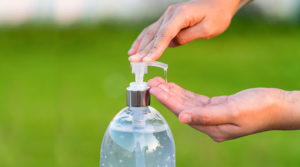 Throughout the ongoing fight against COVID-19, I think it’s safe to say we have all now learned the importance of washing your hands and using hand sanitizer. It truly is the best way to avoid spreading germs. Even on the course! However, though hand sanitizer helps your golfers play safely and comfortably, what is less commonly known is that hand sanitizer is harmful to your golf course turfgrass.
Throughout the ongoing fight against COVID-19, I think it’s safe to say we have all now learned the importance of washing your hands and using hand sanitizer. It truly is the best way to avoid spreading germs. Even on the course! However, though hand sanitizer helps your golfers play safely and comfortably, what is less commonly known is that hand sanitizer is harmful to your golf course turfgrass.

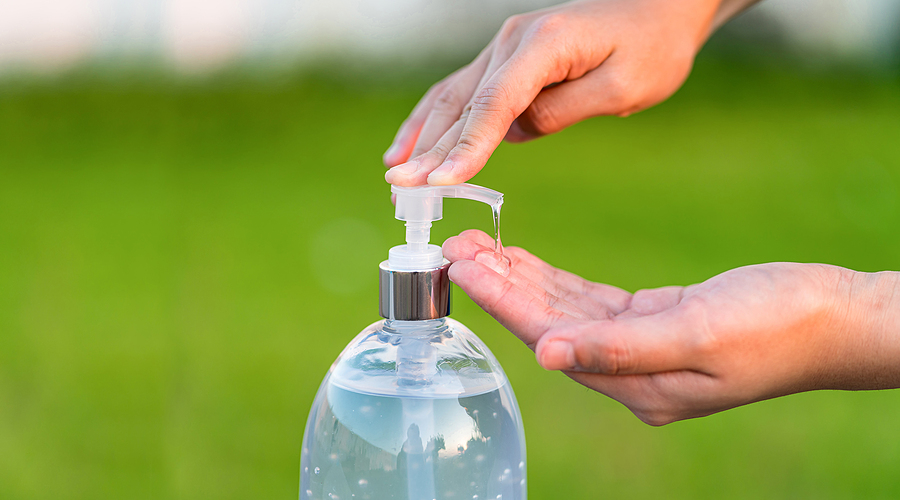
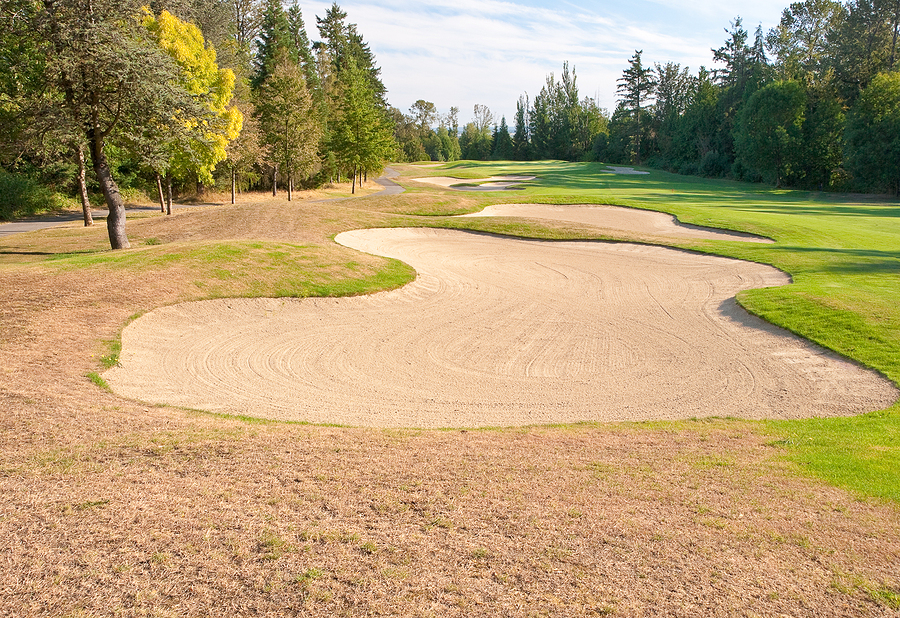
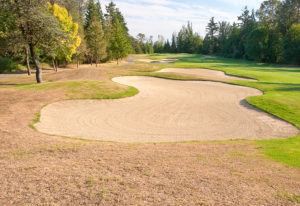 When managing a golf course, it’s important to be prepared for the unexpected, especially when it comes to water. You never know when something like a pipe failure, a fire, or in most cases, lack of rainfall, will affect your course’s water supply. Since a golf course uses, on average, about
When managing a golf course, it’s important to be prepared for the unexpected, especially when it comes to water. You never know when something like a pipe failure, a fire, or in most cases, lack of rainfall, will affect your course’s water supply. Since a golf course uses, on average, about 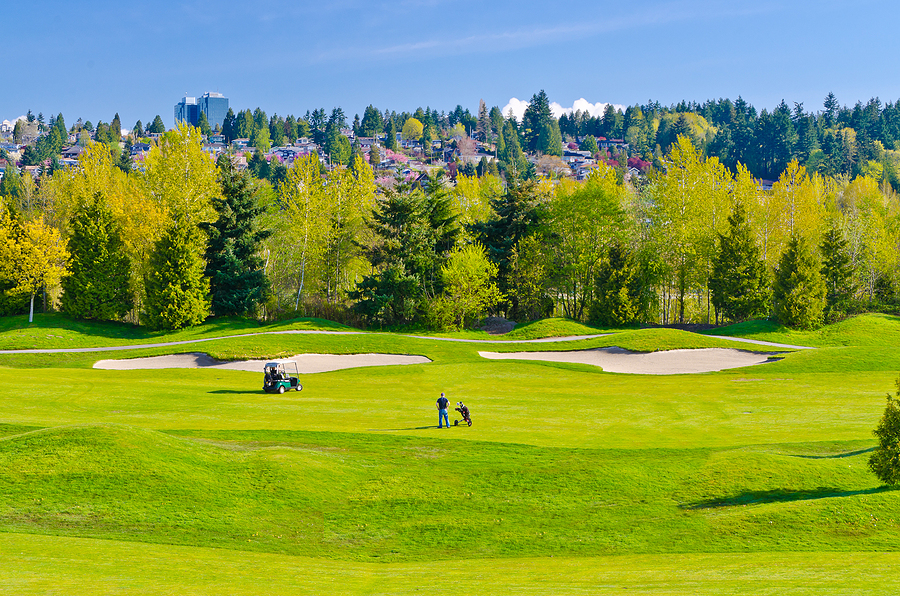
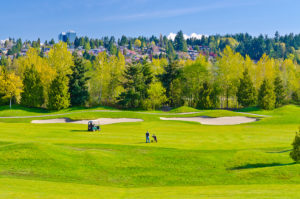 Though most golfers focus on getting to the green, most of their time is spent in the fairways. After all, fairways account for, on average,
Though most golfers focus on getting to the green, most of their time is spent in the fairways. After all, fairways account for, on average, 
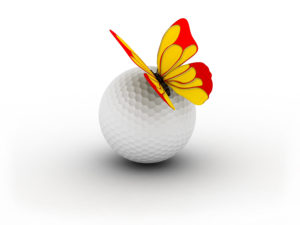 As we all WELL know, there are many contributors to any successful golf course operation. It wouldn’t thrive without the super, pros, investors, players and grounds crew, but other important cast members include natural wildlife and pollinators. They're responsible for encouraging plant growth and pollinating flowering plants. Integrating wildflowers into your course landscaping is a simple way to support pollinators, and they can bring a whole slew of benefits.
As we all WELL know, there are many contributors to any successful golf course operation. It wouldn’t thrive without the super, pros, investors, players and grounds crew, but other important cast members include natural wildlife and pollinators. They're responsible for encouraging plant growth and pollinating flowering plants. Integrating wildflowers into your course landscaping is a simple way to support pollinators, and they can bring a whole slew of benefits. 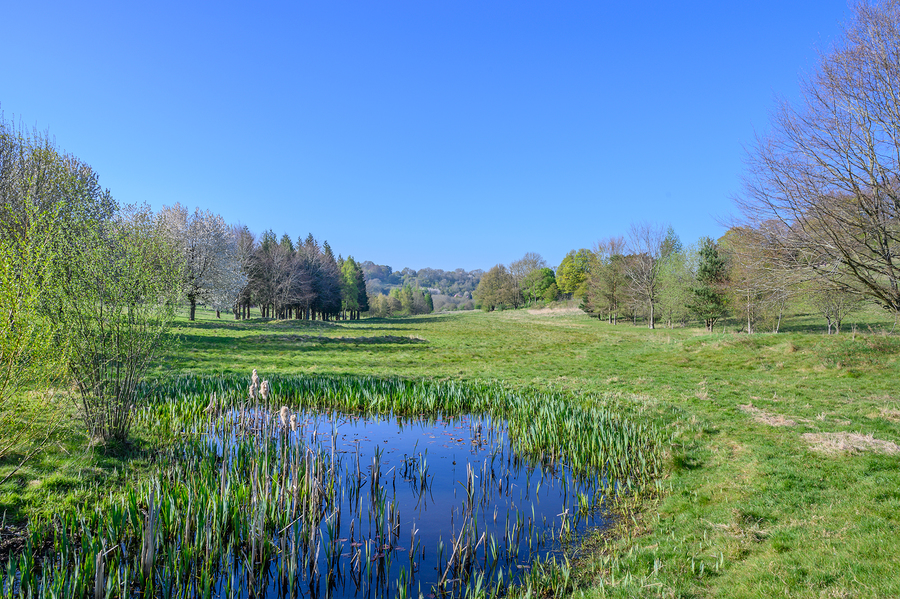
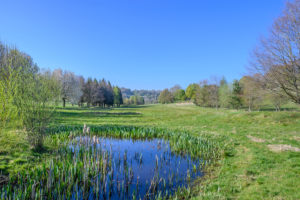 It's been a hell of a year, and it's only June. It's likely to be rough for awhile. Courses across the US were shut down as early as March, and only in the last month have slow streams of players been allowed back on, and with stringent restrictions. No golfers means no revenue and boards are tightening the purse strings for supers. The problem is, if you want a viable course when players are back in full swing, you can't just stop maintaining it for a couple months. But, we've been here before. We learned some valuable lessons in 2009 and these are five important takeaways on what you can, and what you can't, sacrifice in a time like this.
It's been a hell of a year, and it's only June. It's likely to be rough for awhile. Courses across the US were shut down as early as March, and only in the last month have slow streams of players been allowed back on, and with stringent restrictions. No golfers means no revenue and boards are tightening the purse strings for supers. The problem is, if you want a viable course when players are back in full swing, you can't just stop maintaining it for a couple months. But, we've been here before. We learned some valuable lessons in 2009 and these are five important takeaways on what you can, and what you can't, sacrifice in a time like this.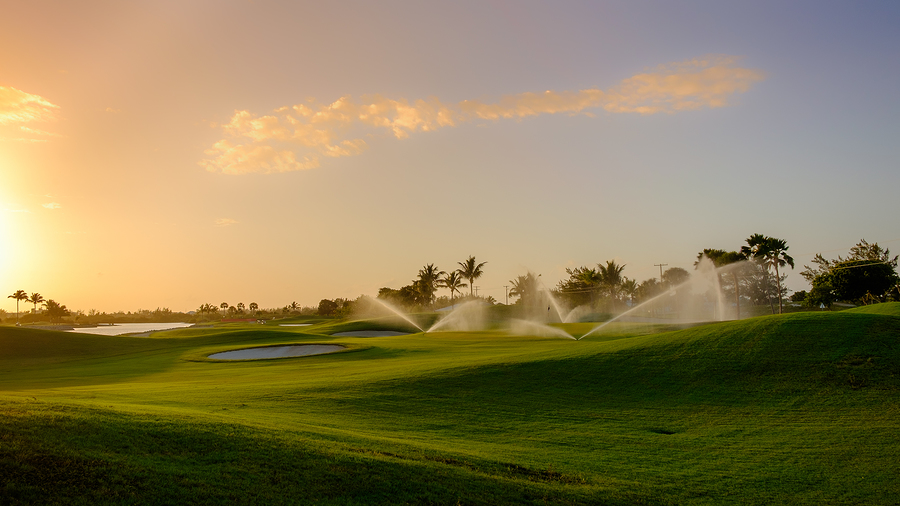
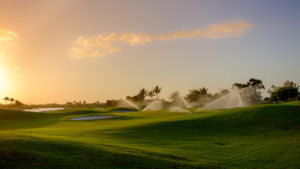 For golf course superintendents, the number one priority is to provide golfers with the best possible playing conditions. And as we all well know, that is no easy feat especially when it comes to turf management. Your course’s irrigation system plays a huge part in that. The challenge lies in the fact that it is probably the most expensive investment on a golf course but it can have the biggest impact. When considering making upgrades to your course’s irrigation system, it’s important to understand what’s really involved. Here’s a glimpse at the reality.
For golf course superintendents, the number one priority is to provide golfers with the best possible playing conditions. And as we all well know, that is no easy feat especially when it comes to turf management. Your course’s irrigation system plays a huge part in that. The challenge lies in the fact that it is probably the most expensive investment on a golf course but it can have the biggest impact. When considering making upgrades to your course’s irrigation system, it’s important to understand what’s really involved. Here’s a glimpse at the reality.